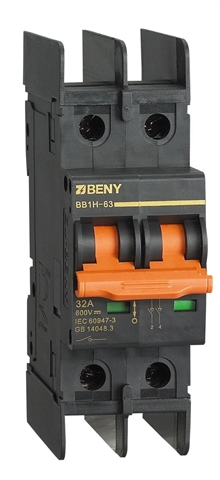Hi All,
I am a little confused around Current ratings on DC Isolators.
Last week I watched a you tube video from on the supposed differences between AC & DC Isolators.
The demo was with Scame 590 series
A 20A AC isolator and an identical one marked 16A for DC. Identical contacts, materials etc.
The DC uint was only said to be 16A rated with 2 contacts in series.
I have never really thought of contacts in series as a means of increasing current capacity, more parallel contacts/cables etc for this application.
The suggestion in the video was not that current was increased but the series contacts provided more air gaps in the circuit, thus it was better able to quench the Arc.
I am tempted to do a little test see the effects on the first and subsequent contact at FLC.
I have worked in and with DC for most of my career in one way or another but never really considered Arc damage.
Can anyone point me toward some calculations for determining the DC rating of contacts from a given AC Rating for a similar utilisation code AC22/DC22 for example?
Here is an example of an Isolator claiming 63A rating but at the same time 32A on a per contact basis.

Thanks
Martyn.